June 2016
By VADM James Foggo
The coast of Finland as Vice Admiral Foggo flew into Hanko, June 6, 2016. VADM James Foggo III photo
Surveying the rugged coast of Finland, rocky beaches guarded by an army of small islands and towns once scarred by wars, I am reminded of the resilience and tenacity of the people who call this place home. These attributes were on dramatic display on the shores of Hanko, Finland today as Marines from five nations conducted their first of three amphibious landings. NATO’s inclusion of Finland and Sweden in the BALTOPS 2016 exercise as “Partnership for Peace” nations underscores the fact that their regional security interests in the Baltic are in sync with the 28 members of the Alliance.
Finnish Marines conduct training during BALTOPs 2016. Finnish Navy photo
Just two days ago on 4 June the exercise participants assembled as an entire group for the first time in Tallinn, Estonia, for the Pre-Sail Conference. On 5 June we set sail from Estonia. On 6 June we hit the beach running. . . Literally! The rapid assembly and deployment of forces in the first few days of BALTOPS 2016 is a powerful testament to the strength and agility of the Alliance. Even more striking is the longevity of the exercise. BALTOPS began in the 1970s as a U.S. exercise with U.S. assets affirming the right to sail in international waters. In the mid-1990s the focus shifted toward building trust with Partnership for Peace nations with the understanding that working together to enhance regional security is beneficial for every nation with interests in the Baltic Sea. In 2015 the exercise took an important step when, for the first time, it was planned and executed by a NATO headquarters and commanded by a NATO commander.
BALTOPS 2016 continues this trajectory today, emphasizing cooperation with full-Alliance members and aspiring partners. Of the nearly 550 marines landed on the Hanko beaches today, more than half were Finns and Swedes. And let me tell you, from their fierce looks I wouldn’t want to be on the wrong side of them.
The Netherlands amphibious ship HNLMS Johan de Witt
(L 801) conducts training off the coast of Finland. U.S. Navy / Mass Communication Specialist Seaman Alyssa Weeks photo
Finland and Sweden are already closely integrated within the Swedish-Finish Naval Task Group (SFNTG); however, they do not have large amphibious assault ships. NATO provided the amphibious ship capability with USS
Carter Hall (LSD-50) and HNLMS
Johan de Witt; Finland and Sweden provided over 300 Marines. For this day of BALTOPS 2016 (a day which happens to be Sweden’s National Day), it was as if NATO was participating in a Swedish-Finnish joint exercises rather than the other way around. To enhance the quality of training there was a great deal of cross-decking. When one Lance Corporal from Wyoming was asked what he thought of the Finnish assault craft that took his Band of Brothers to the beach, he answered, “Awesome,” and continued to describe the assault craft as “the fastest boat I’ve ever been on.” Others—Germans, Italians, Swedes, and Finns echoed this review of the opportunity to train together. On a personal level that’s what it’s all about—learning from one another and building lasting relationships.
VADM Foggo speaks with Italian Marines training in Finland during BALTOPS 2016. U.S. Navy/Mass Communication Specialist Seaman Alyssa Weeks photo
Talking to the international contingent of young Marines after they charged ashore reminded me of photos of another amphibious assault seventy-two years ago on June 6, 1944, during Operation Overlord (D-Day). Today, our exercise was conducted in peacetime. The participants are well-trained. Many are veterans of BALTOPS 2015. In 1944, the Normandy landing was the beginning of the end of the last great powers war. Many of the soldiers storming Omaha, Juno, and Sword Beaches had never seen combat. Thousands died on both sides. We are training today so that scenes like those on the Normandy beachhead will never be repeated.
Finnish Military Flag flying over Syndalen, Finland. U.S. Navy /Mass communication Specialist Seaman Alyssa Weeks photo
There is talk in the news about heightened tension between the West and Russia. I have written about it myself. Russian media has claimed that NATO’s posture is provocative, although we are a defensive alliance, and BALTOPS represents a series of naval maneuvers designed to hone the skills of the allies and partners to deter (or to prevent war). It is important to remember that Russian and Western interests are not mutually exclusive. We are both fighting terrorism in the Middle East. We have worked and trained together in the past and that sort of cooperation is possible in the future, but Russia is not participating in BALTOPS this year. Security, economic prosperity, and freedom of navigation in the Baltic are in the interest of all nations whose commercial ships plow these waters. That’s why NATO is here . . .
https://blog.usni.org/author/jfoggo
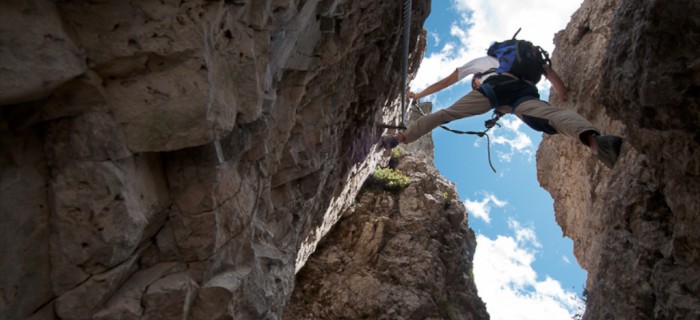
 !
!
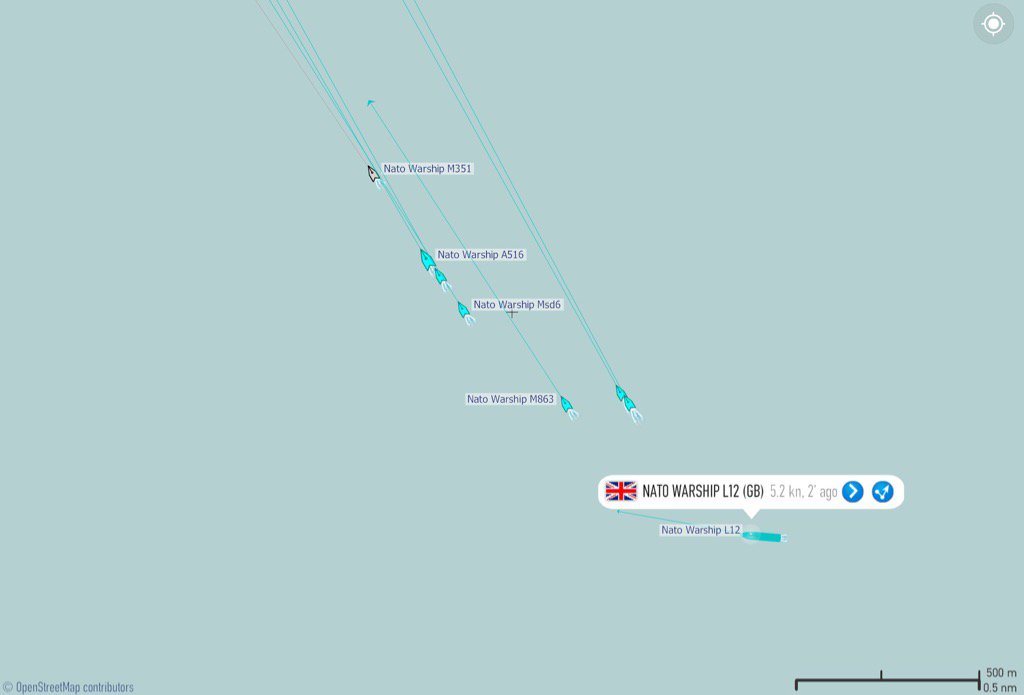



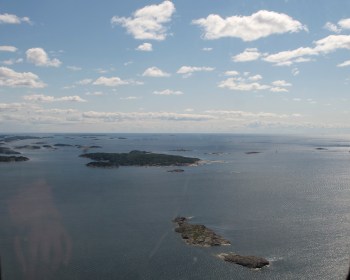
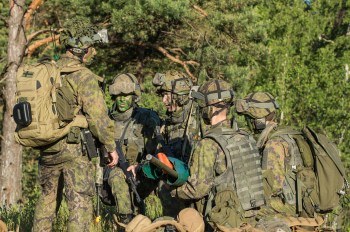
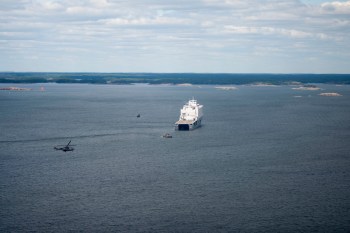
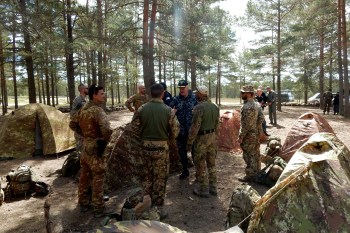
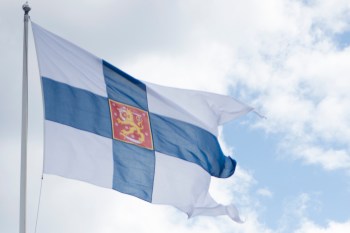

 Kyllä naissä lausunnoissa on myös toden siemen, joten tyypilliseen suomalaiseen vähättelyyn ei ole aihetta,
Kyllä naissä lausunnoissa on myös toden siemen, joten tyypilliseen suomalaiseen vähättelyyn ei ole aihetta,